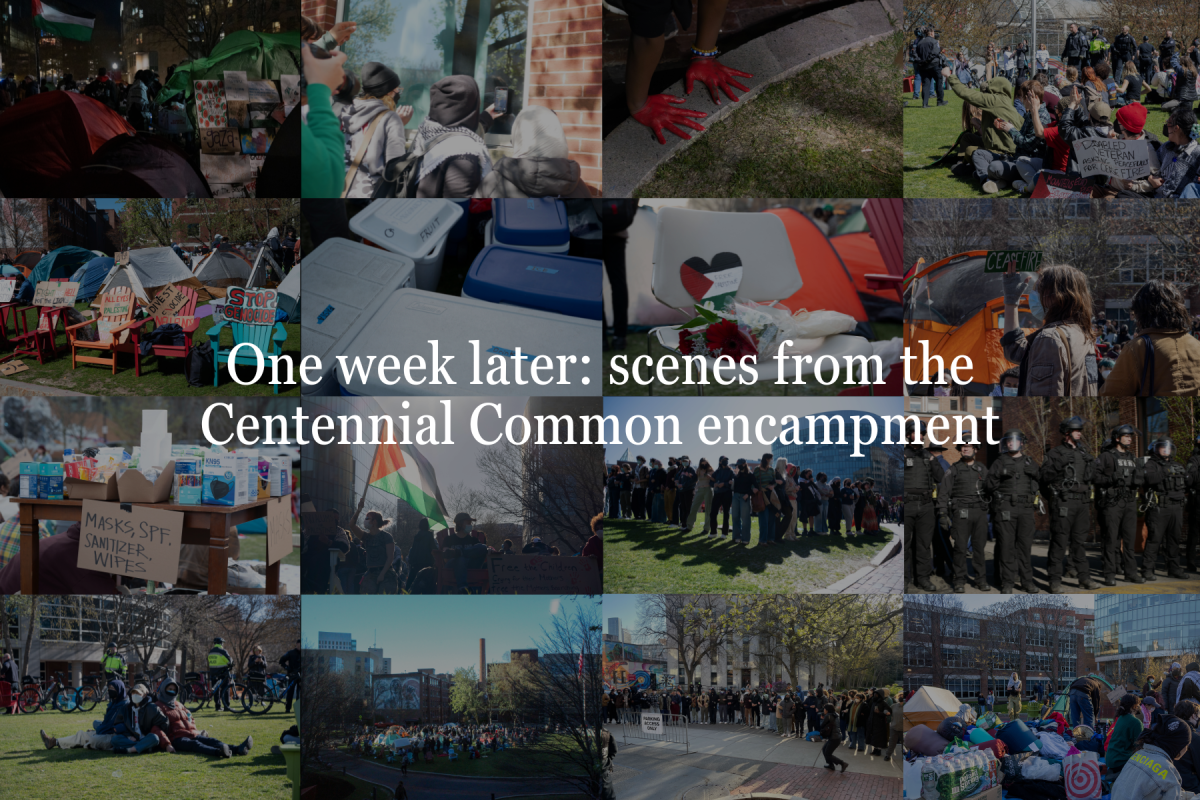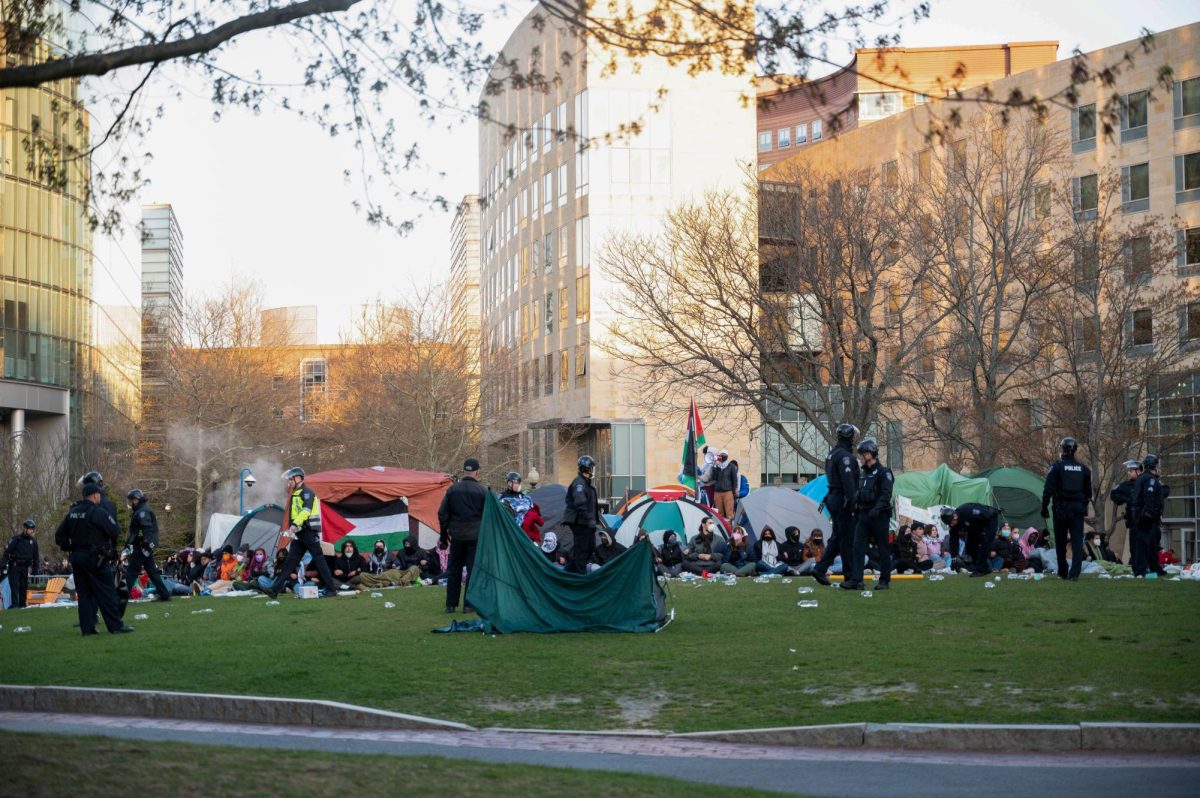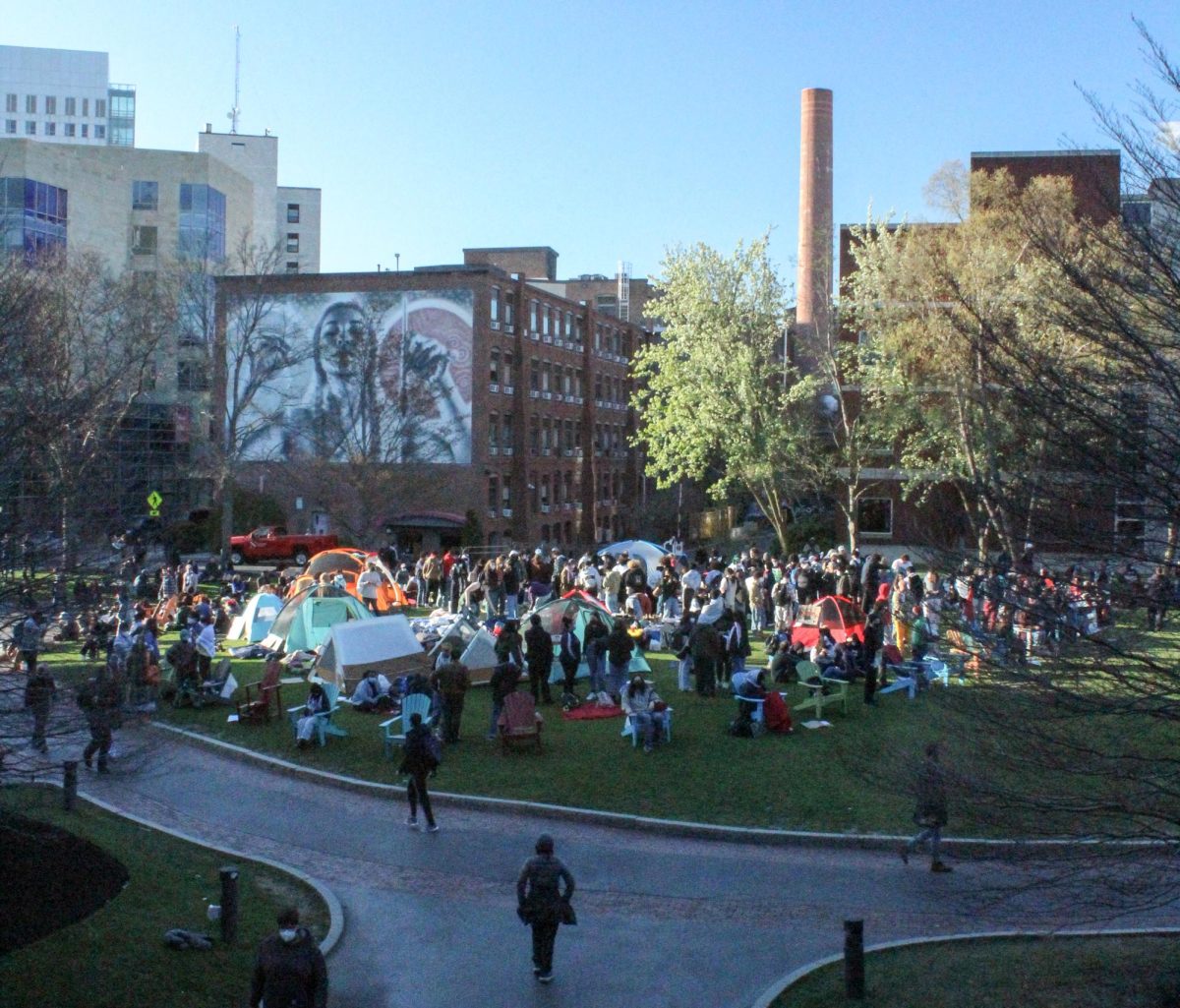Sometimes Boston just isn’t enough; especially when that music group you would travel anywhere within 100 miles to see comes to the Northeast.
Unlike back in high school, you’re probably stuck without a car to get you there. Also, people who live outside of the city don’t all want to drive in either. So, the MBTA set up a train system to help the suburbans get into the city, and vice-versa.
The Commuter Rail can help you get out to those huge, remote concert venues, of which there is no room for in the city.
There’s a little logistical working you need to do before you’re ready to head out of town. The first dilemma lies in figuring out where to pick up the train. Since there are about nine different lines in the Commuter Rail system, not all of the trains come in at the same station. Mainly, the rails are divided between the North Station and South Station, which are both accessible by the T.
The trains departing out of North and South Stations correspond to the directions in which the trains travel. If you’re traveling somewhere North of Boston, those trains ironically originate out of the North Station, same goes for South Station.
Ruggles Station, which is right on campus, and Back Bay Station are both Orange Line stops on the T that also serve as Commuter Rail stations. Back Bay and Ruggles connect to different Commuter Lines, but they’re both well within a late night walk of campus.
With North Station being located on the other side of town, getting in late after a concert means either a cab fare, or if you arrive before 2 a.m., use the Night Owl bus service.
The Commuter Rail is also different from the T in, both, schedule and cost. As we know, the T costs one dollar for the majority of stops within the vicinity of Boston.
With the commuter rail, there is a longer distance to travel, therefore, more cost. To determine the price for your ride, the Commuter Rail employs a set system of “zones” in accordance with how far one travels.
For instance, travelling to other cities such as Providence or Worcester













